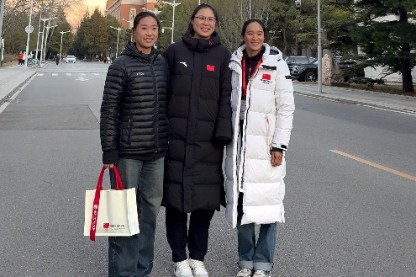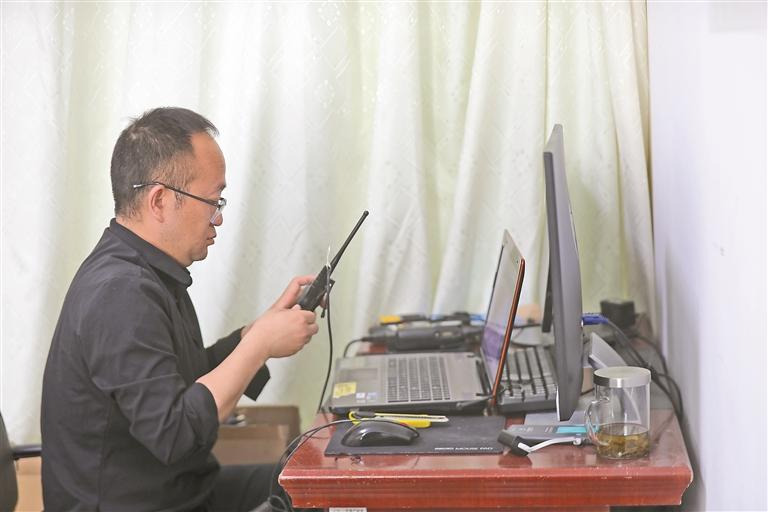Chinese doctors use 3D printing for complex skull surgery

CHANGSHA - Doctors in Central China's Hunan province have used 3D printing technology to greatly reduce risks related to a complex skull reconstruction surgery for a 19-month-old child.
The patient nicknamed Doudou suffered from narrow cranial disease, also known as craniosynostosis, a birth defect where the bones in a baby's skull join together too early.
The disease results in visible deformation and various brain dysfunctions, and surgery is the only way to treat it, said Fu Xing, a neurosurgeon with Changsha Central Hospital, affiliated with the University of South China.
To reduce the risks of this complicated operation, doctors applied 3D printing technology.
Doudou underwent a high-precision CT scan so that doctors could create a 3D reconstruction of the child's skull and print a replica. The surgery team conducted "simulated operation" on the skull model and finally determined a safe and effective surgical plan.
The surgery took place in early September and lasted around four hours, the hospital announced on Monday.
"The surgery was very successful. Doudou's brain development will not be hindered in the future," said Fan Tianyu, a member of the surgical team.
- Macao thrives as collaboration deepens
- Beijing reiterates strong opposition to US arms sales to Taiwan
- Attack in Taipei injures 9, including 4 in critical condition: local media
- Ministry to launch month-long program aimed at promoting youth employment
- National health body asks consumers to read nutritional information on food labels
- China's top cyberspace regulator launches drive against capital market misinformation




































